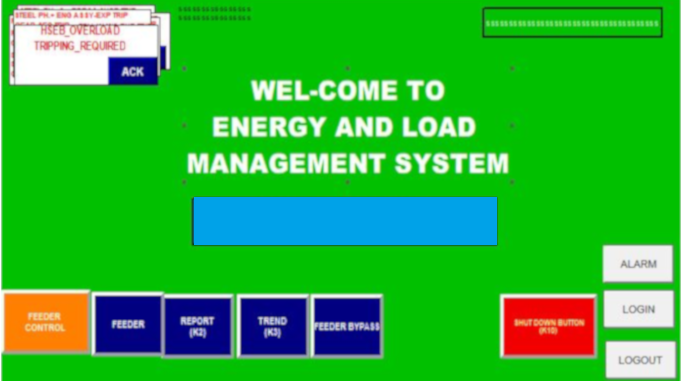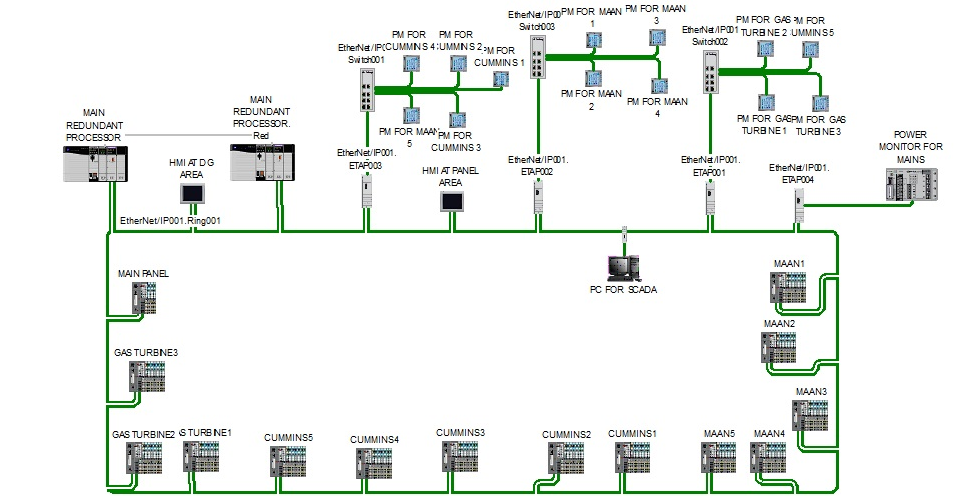DG Synchronization
Connecting generators in parallel increases the power capacity, control in load management, ease of maintenance, and redundancy. The process involves the physical connection of two or more electric generators, and the synchronization of their outputs.
The synchronization matches the waveform of the output voltage of one generator with the voltage waveform of the other generators.
Ideally, any type of a generator can be paralleled together with another type as long as their frequencies and voltage are the same at the point of interconnection. However, there are some practical limitations such as incompatibility between older and newer models or when the cost of making them compatible is not justifiable.
 Speed control :The generators may have equal or different engine speeds, but must be locked into the final speed of the system.
Speed control :The generators may have equal or different engine speeds, but must be locked into the final speed of the system.
Load balance : The entire load should be shared by all the generators according to the capacity of the individual units.
Synchronization : Synchronization is required to ensure that the resulting output is in phase, has the same frequency and voltage hence compatible with load.
Voltage regulation
- Increased reliability and redundancy.
- Low cost of power generation.
- Decreased light loading of the generator prime mover.
- More control and savings on generating costs.
- Expandability and flexibility.
Project Done : Hero Motocorp – Dharuhera
Upcoming Project :Hero Motocorp – Gurgaon


